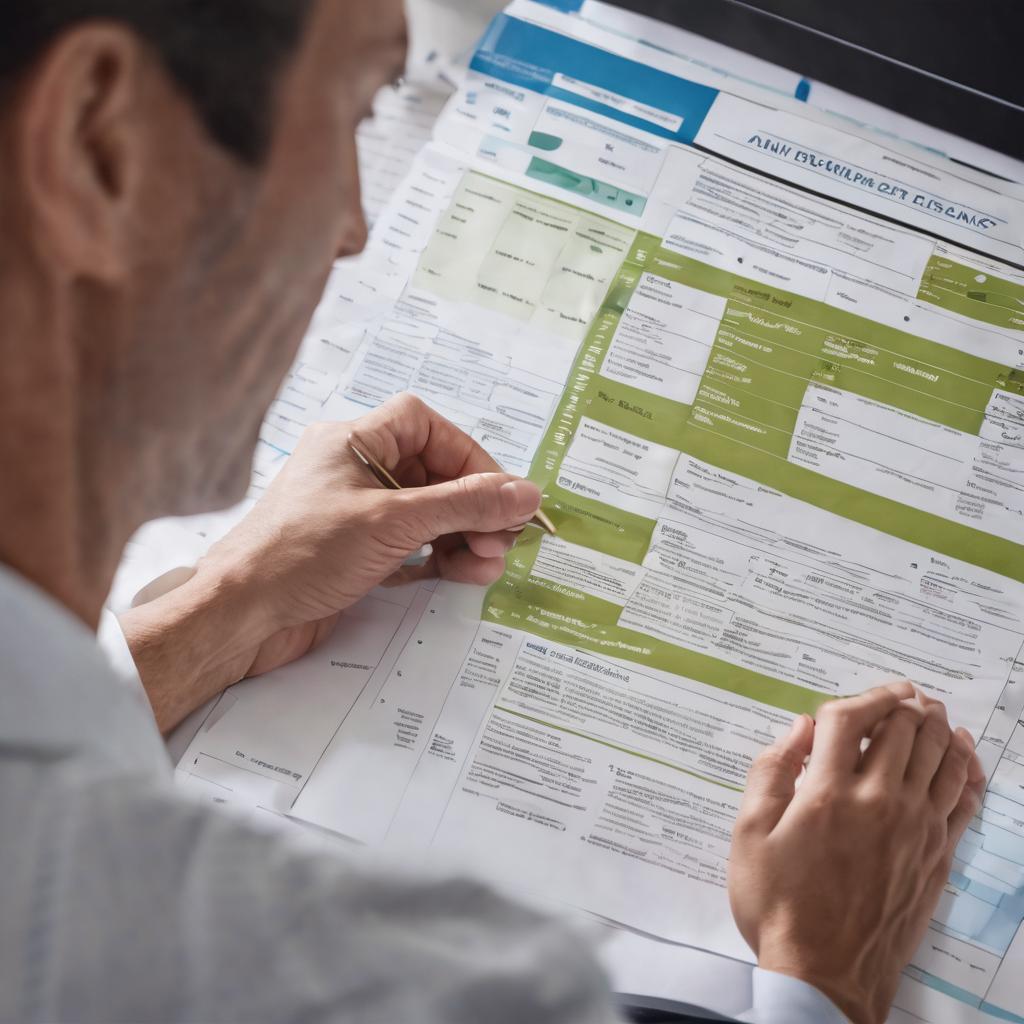The Essential Guide to Understanding Auto Insurance Coverage

Contents
- 1 Introduction
- 2 What Is Automobile Insurance?
- 3 Who Needs Auto Insurance?
- 4 How Much Coverage Do You Need?
- 5 How Much Does Auto Insurance Cost?
- 6 How to Shop for the Best Auto Insurance Rate
- 7 Staying in Good Standing With Your Agent
- 8 Understanding your coverage is the first step toward having a good experience with your insurance company.
- 9 Conclusion
Introduction
When it comes to home, life and auto insurance, you have a lot of options. You can choose from a wide variety of plans that offer different levels of coverage, different deductibles and different premiums. So how do you choose the right one? Understanding your coverage is the first step toward having a good experience with your insurance company.
What Is Automobile Insurance?
Auto insurance is a type of coverage that protects you from financial loss if you’re involved in an accident. It can also help pay for the damage to your car, medical expenses and other costs if you or someone else is injured. Auto insurance policies typically include three main types of protection:
Auto Liability Coverage pays for injuries and property damage caused by accidents involving your vehicle. This includes medical expenses and other costs resulting from an accident for which you are at fault, regardless of whether anyone was hurt or not.
Auto Physical Damage Coverage pays for repairs when your car is damaged in an accident–even if it wasn’t your fault (although this may depend on state law). Collision coverage pays only if another car hits yours; comprehensive covers losses due to fire, theft and natural disasters like floods or earthquakes; both cover theft-related losses as well as collision repair costs associated with hitting objects such as trees or poles while driving down the road at normal speeds without any sudden braking movements applied by either driver involved in said scenario.”
Who Needs Auto Insurance?
If you own a car, you need to be insured. If you are a driver, you need to be insured. Even if your vehicle is parked in the driveway and never moves from its spot (or even if it’s been impounded), insurance companies will still require that their customers carry coverage for their vehicles at all times.
If pedestrians walk on public roads with cars driving around them, they will also need auto insurance in case they’re hit by one of those vehicles–and depending on where they live, there may be laws requiring them to have some form of protection from liability should this happen. Cyclists who ride bikes on public roads also fall under similar requirements as pedestrians: Most states require cyclists who want access through city streets or highways have some form of liability protection for themselves in case another driver hits them while passing by too closely or otherwise causing injury through negligence on his/her part
How Much Coverage Do You Need?
How much coverage you need depends on your situation. The best way to figure out how much insurance you need is by comparing quotes from at least three different providers, and then choosing the one that offers the best coverage at the lowest price.
Your insurance agent will help guide you through this process by asking questions about:
- Your age and gender (older drivers pay more for car insurance)
- Your driving record (accidents can increase premiums)
- How many miles per year are driven in total? (the more miles driven per year, the higher premium)
How Much Does Auto Insurance Cost?
Auto insurance costs vary widely, depending on where you live and what kind of car you drive.
The average annual cost of auto insurance varies by state and even city, as well as by the type of vehicle driven (car or truck), age and gender of the driver, coverage options selected and more. For example, drivers in some states can expect to pay less than $1,000 annually for full coverage while others may pay more than $3,000 per year for similar coverage options. The following factors contribute significantly to these differences:
How to Shop for the Best Auto Insurance Rate
When you’re shopping for the best auto insurance rate, there are a few things you need to do:
- Shop around and compare quotes from multiple insurers. You might be surprised by how much money you can save by comparing rates among different providers.
- Check what discounts are available for your situation (e.g., if you have good credit or drive less than 10k miles per year).
- Consider bundling your auto and home insurance into one policy with the same company–this is often cheaper than buying them separately! Also, consider getting liability only coverage if your vehicle isn’t worth much; this will lower both premiums and deductibles significantly if something happens while driving someone else’s car (or even just borrowing yours).
And don’t forget: Make sure they ask about any accidents on record before accepting any quote!
Staying in Good Standing With Your Agent
If you are having trouble paying your bill, talk to your agent about payment options.
- Make sure to pay your bill on time and keep in contact with them so they know what’s going on with you.
- If something has changed since getting insurance, let them know! For example, if you got married or divorced or moved out of state (or even just across town), this can affect how much money is required from you for coverage.
Understanding your coverage is the first step toward having a good experience with your insurance company.
- What does it cover?
- What doesn’t it cover?
- How much do you need and can afford? Shopping for the best rate can help you save money on car insurance.
Conclusion
Understanding your coverage is the first step toward having a good experience with your insurance company. You should know what type of coverage you need, how much it costs, and whether or not you are adequately protected in case something goes wrong. By educating yourself on these topics before buying insurance from an agent or company, you can avoid being taken advantage of or sold something that isn’t right for your needs.






